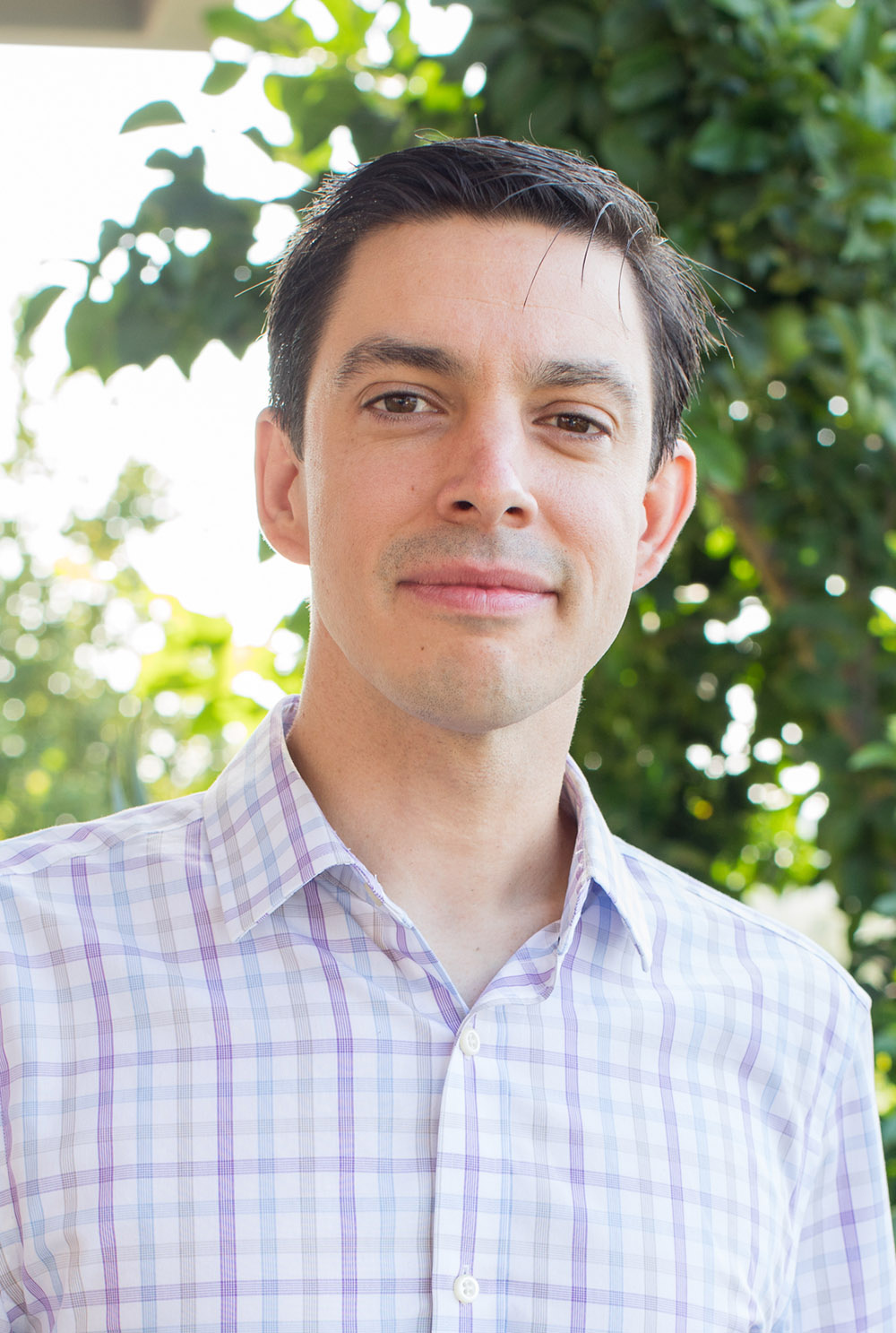Physics Research Reveals New State of Matter
December 11, 2017
The scaling theory of localization—the idea that metals cannot exist in two dimensions and that all electrons confined to a 2-D existence will eventually localize, becoming immobile and forming an insulating state—has been part of the standard model of solid state physics for the last 40 years. But recent studies by Harvey Mudd College physics professor Nicholas Breznay ’02 have discovered an exception to this rule, finding evidence for a two-dimensional metal.
This work, published this fall in Science Advances (“Particle-hole symmetry reveals failed superconductivity in the metallic phase of two-dimensional superconducting films”) and in Physical Review B (“Superconductor to weak-insulator transitions in disordered tantalum nitride films”), builds on careful fabrication and study of the electrical properties of tantalum nitride and indium oxide and related thin-film materials.
“At the boundary between the superconducting and insulating ground states, we discovered that there is phase of matter that shows saturation of the conductivity—metallic behavior—as the temperature is cooled to zero,” Breznay says. “In addition, we examined the Hall effect, the voltage difference that appears perpendicular to the current in the presence of a magnetic field. The Hall effect is zero in superconductors, and nonzero in metals; our measurements and analyses show that this exotic metallic state has zero Hall effect, suggesting a vestigial character from the nearby superconducting state, what we term a ‘failed’ superconductor.”
Breznay, who joined the Harvey Mudd Department of Physics in the fall, is an experimental condensed matter physicist, studying emergent phenomena in quantum materials. Breznay’s lab investigates exotic states of matter—superconductors, spin-liquid magnets, charge-ordered oxides and amorphous Anderson insulators—using hands-on experiments. His group studies complex materials, measuring and modeling their electrical properties in extreme conditions of low temperatures, intense magnetic fields and high pressures.
The new 2-D metal that arises from a failed superconductor is only beginning to be explored. Breznay knows of one group at Johns Hopkins University that has studied the matter’s microwave properties and found similarly anomalous behavior, and researchers at the University of Illinois Urbana-Champaign have just developed a theoretical model.
Breznay is excited about the opportunity for new experiments and theoretical descriptions of this curious state of matter and believes that there will be practical applications for the material in the future. “We do not have an immediate application in mind,” he says, “but studies of this and others studies of quantum materials will inevitably lead to practical payoffs. Harvesting energy or manipulating information ultimately boils down to understanding the ins and outs of electrons in solids.”
